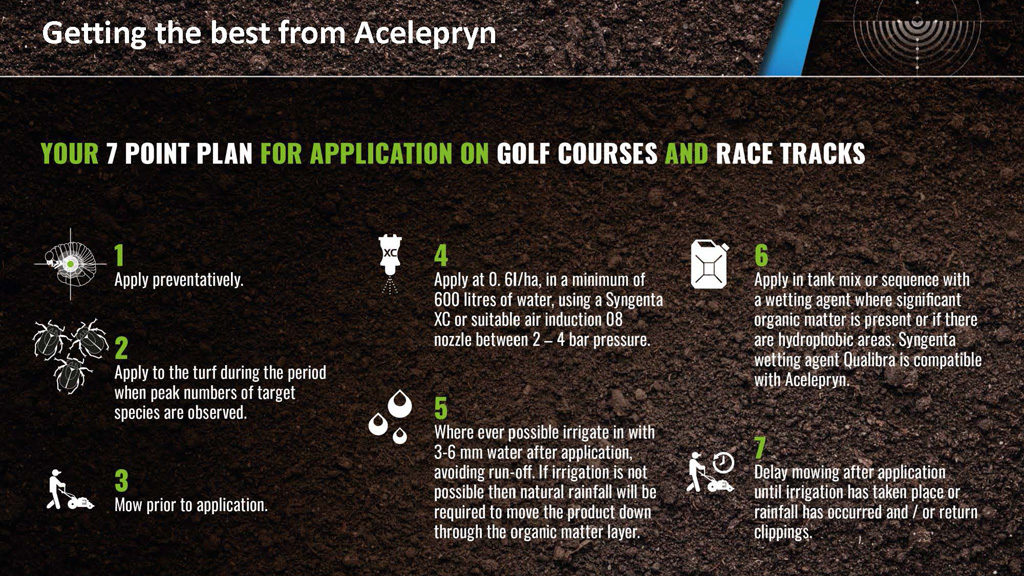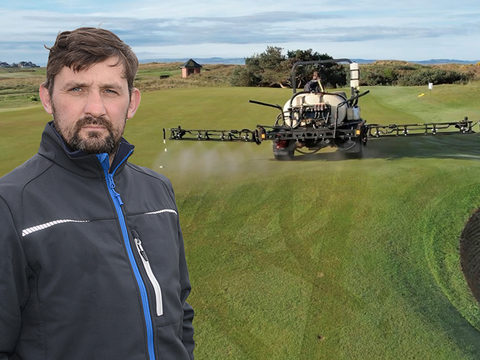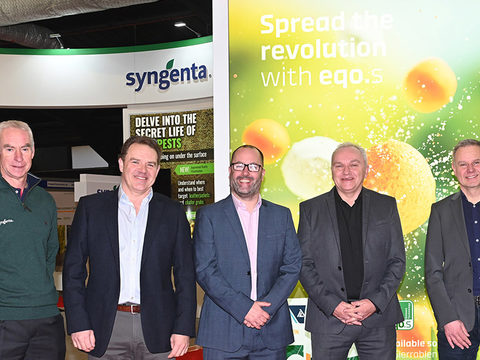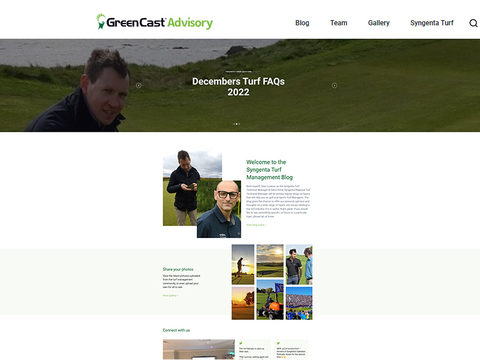Getting the best from Acelepryn on horse race tracks
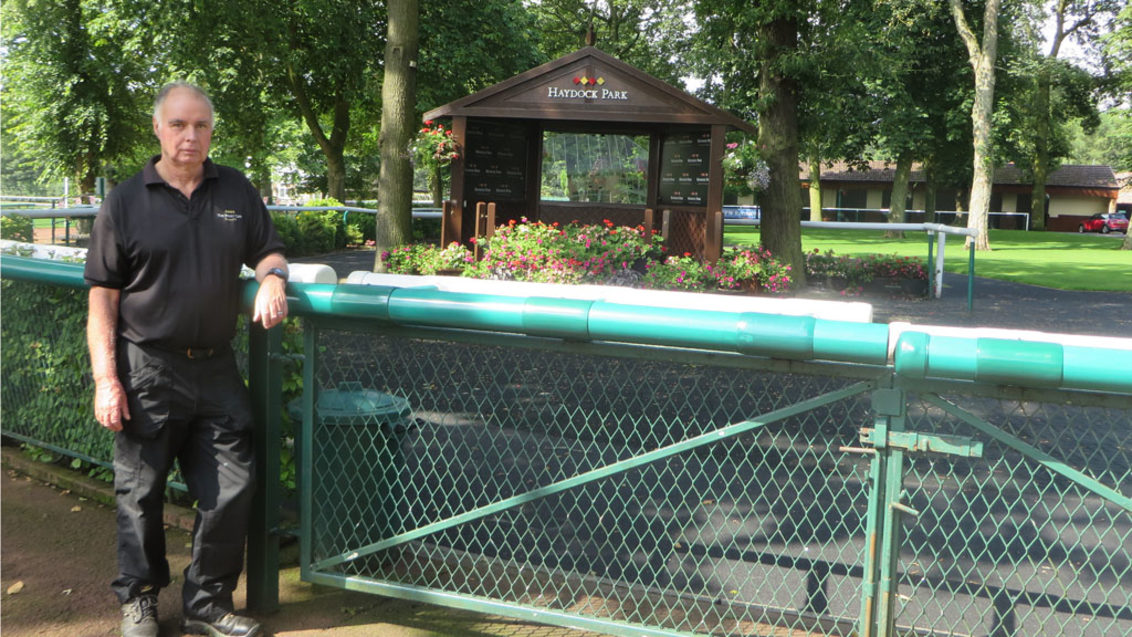
Healthy turf condition is a priority for racecourse groundsmen, as a poor grass surface can affect the racehorse’s ability to gallop safely over the ground and put these animals – often worth millions of pounds – at risk.
Haydock Park’s Deputy Head Groundsman, Alan Fyles, explained: “If the racing surface becomes unstable due to the action of turf pests, we have no alternative but to cancel the race meeting because safety is paramount."
“It’s a serious issue because the costs of cancelling even one meeting are significant and the loss of racing can have a far reaching impact on the sport."
“And as racecourses tend to have several tracks running parallel to each other, it’s very easy for a small infestation to quickly affect the entire course.”
This was the dilemma that presented itself in spring 2018, when birds flocking over part of the flat track, which hosts prestigious racing fixtures from April to October, indicated the presence of chafer grubs grazing on the turf roots. Haydock Park, near St Helens in Merseyside, has nearly 16 hectares of total racing surface, so the implications were serious.
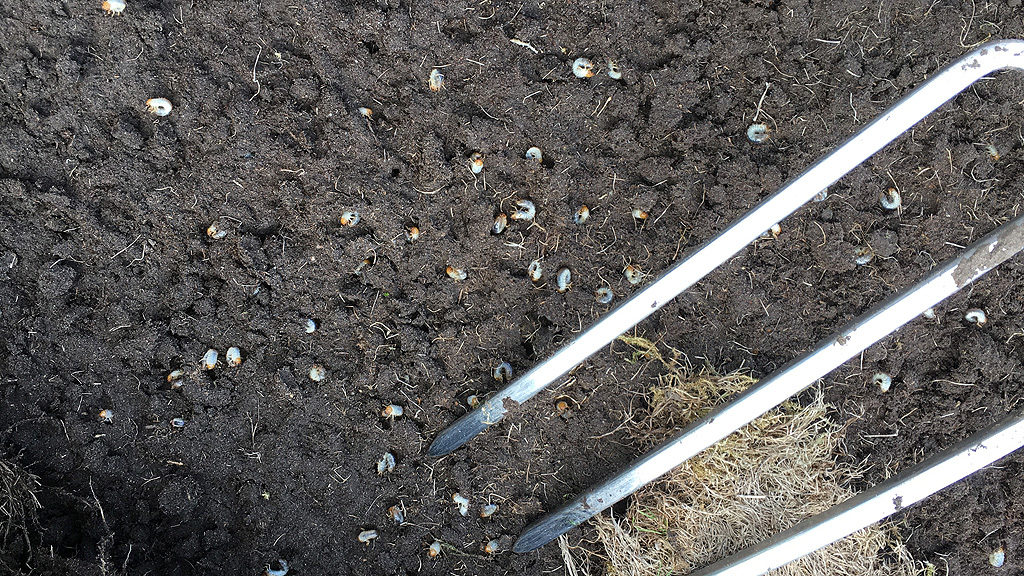
“At its worst, a chafer grub infestation can mean that whole sections of turf just lift away like a carpet as the grazing action of the larvae destroys the roots," reported Alan. Birds pecking at the grubs make the damage even worse.
"It wasn’t too bad initially, but became more severe during the dry summer, so we needed to take action," he recalled.
“On a racecourse you can’t just fence off an affected area, and we were concerned that if we didn’t treat the chafer grubs, the racing calendar in the following spring season would be under threat. We try not to use too many chemicals, but will apply effective treatments where they are needed.”
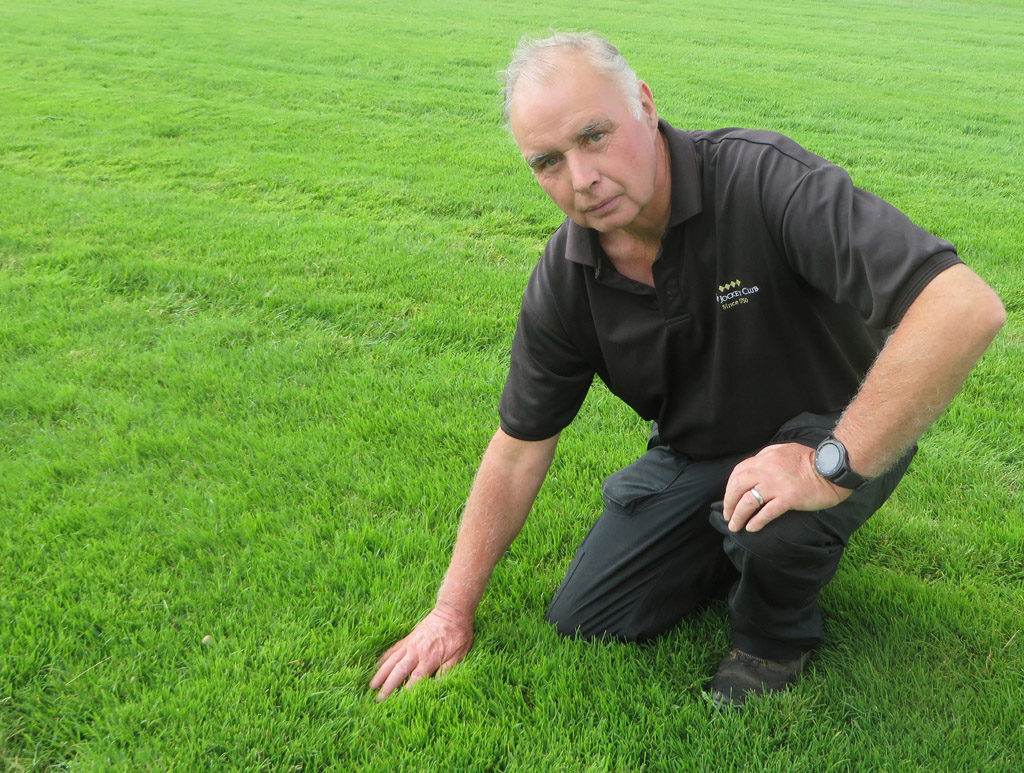
Alan was able to treat the area with Acelepryn on 23rd September, under the Emergency Authorisation. He targeted the grubs whilst still at the early larval stages, for the optimum control.
Click on the image above to download a printable poster of the 7 steps to success with Acelepryn
“We mowed beforehand and as the weather was drizzly were able to apply into moisture, to enable the product to get down to the roots,” he explains.
“It was very easy to apply as I’m qualified to use a boom sprayer, and our distributor Sherriff Amenity helped with obtaining the paperwork for the authorisation, so it was a straightforward process throughout.”
The Acelepryn was applied at 600 ml/ha in a high water volume, accompanied by a wetting agent. Conditions were ideal, with more rain after application which probably helped further improve the product’s effectiveness, he believed.
“It worked so quickly – the next day there were no birds to be seen, which indicated no chafer grubs!"
Due to the risk of the infestation spreading to the adjacent national hunt tracks, preparing to host important trials for the Cheltenham Gold Cup and Grand National in the coming months, the adjacent areas were also treated.
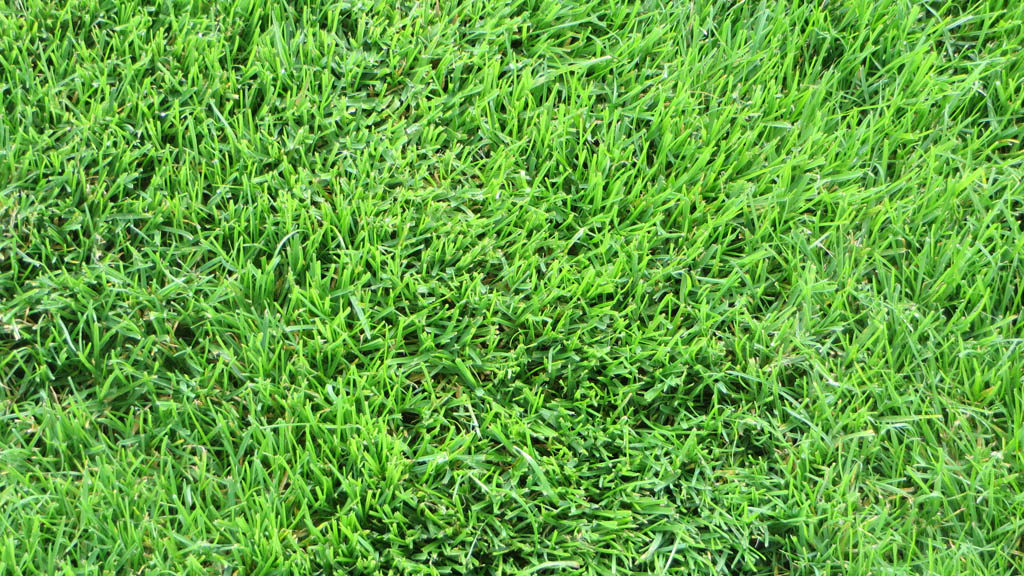
“We left the area for a couple of days before mowing again and then it was back to our normal maintenance regime. We raced over that track within a month - I’ve never seen a product work like it.”
Alan’s actions that gave the best chance for good results: |
|
|
|
|
|
|
He has also been very impressed with the resulting turf quality (above): “Subsequent growth was good and it’s left a very strong, healthy sward which has performed well this season.”
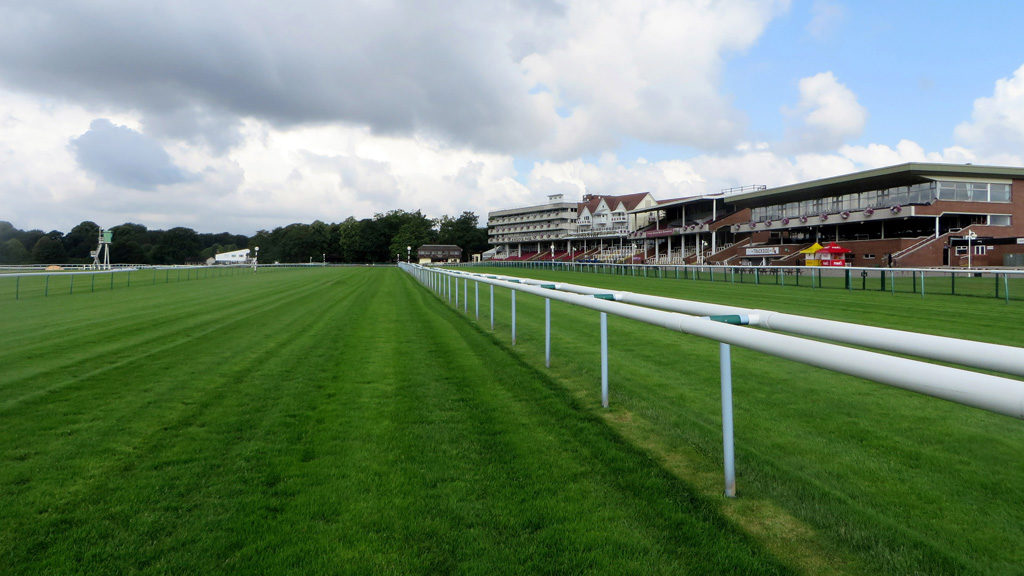
Haydock holds 31 meetings each year, and racing takes place all year round, leaving little time for major renovations, so turf health is highly important to Alan and the 11-strong grounds team.
Alan comments that the specialist knowledge of Syngenta and its distributors is key to the success of such treatments. “Racecourse turf is very different in its needs and management to other sports surfaces, not least because we are working at greater cut heights – up to 10cm. It’s important to know how best to use products under these conditions, and the suppliers worked well with us to ensure it was effective.”
As the 2019 flat racing season reaches its climax, last year’s issues have not recurred at Haydock, but Alan says that the renewal of the Emergency Authorisation provides peace of mind for racecourse groundsmen.
"It’s good to know Acelepryn is there if we need it; we would readily use it again at the slightest sign of an infestation, as we know how well it works.”

